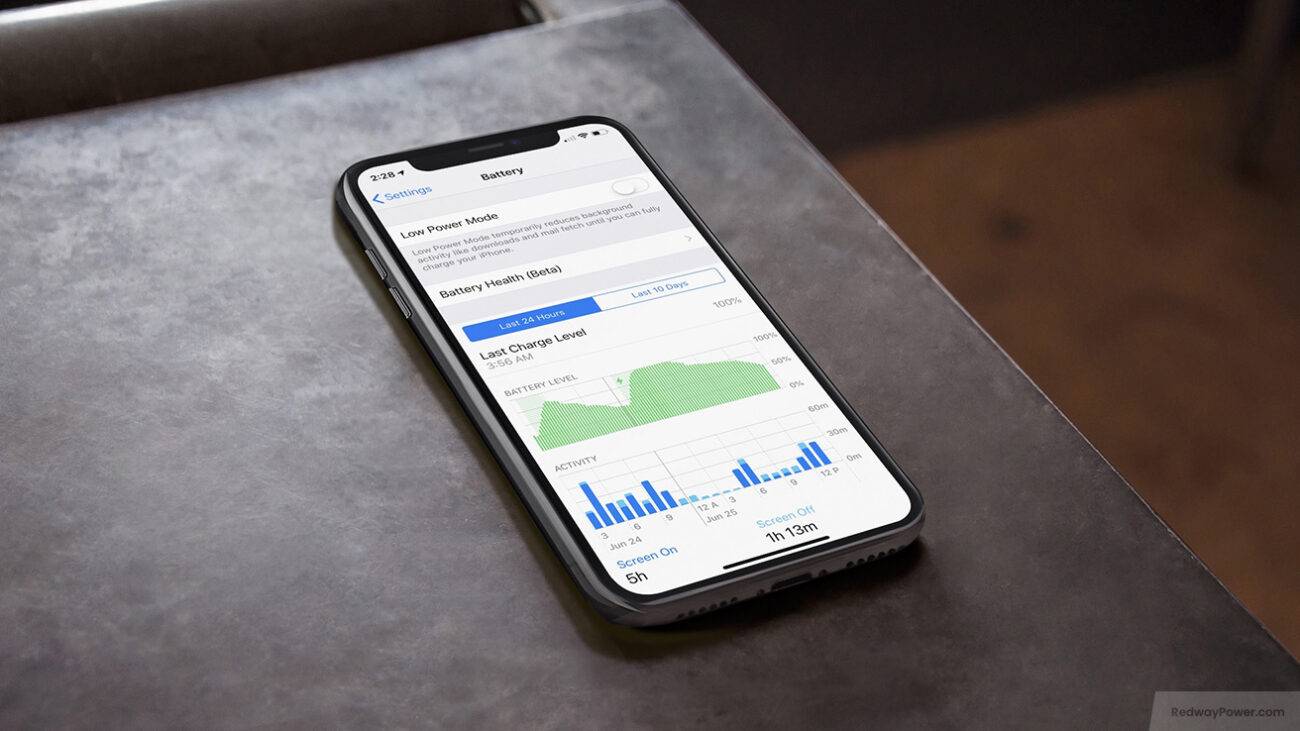- Forklift Lithium Battery
-
48V
- 48V 210Ah
- 48V 300Ah
- 48V 420Ah (949 x 349 x 569 mm)
- 48V 420Ah (950 x 421 x 450 mm)
- 48V 456Ah
- 48V 460Ah (830 x 630 x 590 mm)
- 48V 460Ah (950 x 421 x 450 mm)
- 48V 460Ah (800 x 630 x 600 mm)
- 48V 460Ah (820 x 660 x 470 mm)
- 48V 500Ah
- 48V 560Ah (810 x 630 x 600 mm)
- 48V 560Ah (950 x 592 x 450 mm)
- 48V 600Ah
- 48V 630Ah
-
48V
- Lithium Golf Cart Battery
- 12V Lithium Battery
12V 150Ah Lithium RV Battery
Bluetooth App | BCI Group 31
LiFePO4 Lithium
Discharge Temperature -20°C ~ 65°C
Fast Charger 14.6V 50A
Solar MPPT Charging - 24V Lithium Battery
- 36V Lithium Battery
- 48V Lithium Battery
-
48V LiFePO4 Battery
- 48V 50Ah
- 48V 50Ah (for Golf Carts)
- 48V 60Ah (8D)
- 48V 100Ah (8D)
- 48V 100Ah
- 48V 100Ah (Discharge 100A for Golf Carts)
- 48V 100Ah (Discharge 150A for Golf Carts)
- 48V 100Ah (Discharge 200A for Golf Carts)
- 48V 150Ah (for Golf Carts)
- 48V 160Ah (Discharge 100A for Golf Carts)
- 48V 160Ah (Discharge 160A for Golf Carts)
-
48V LiFePO4 Battery
- 60V Lithium Battery
-
60V LiFePO4 Battery
- 60V 20Ah
- 60V 30Ah
- 60V 50Ah
- 60V 50Ah (Small Size / Side Terminal)
- 60V 100Ah (for Electric Motocycle, Electric Scooter, LSV, AGV)
- 60V 100Ah (for Forklift, AGV, Electric Scooter, Sweeper)
- 60V 150Ah (E-Motocycle / E-Scooter / E-Tricycle / Tour LSV)
- 60V 200Ah (for Forklift, AGV, Electric Scooter, Sweeper)
-
60V LiFePO4 Battery
- 72V~96V Lithium Battery
- Rack-mounted Lithium Battery
- E-Bike Battery
- All-in-One Home-ESS
- Wall-mount Battery ESS
-
Home-ESS Lithium Battery PowerWall
- 24V 100Ah 2.4kWh PW24100-S PowerWall
- 48V 50Ah 2.4kWh PW4850-S PowerWall
- 48V 50Ah 2.56kWh PW5150-S PowerWall
- 48V 100Ah 5.12kWh PW51100-F PowerWall (IP65)
- 48V 100Ah 5.12kWh PW51100-S PowerWall
- 48V 100Ah 5.12kWh PW51100-H PowerWall
- 48V 200Ah 10kWh PW51200-H PowerWall
- 48V 300Ah 15kWh PW51300-H PowerWall
PowerWall 51.2V 100Ah LiFePO4 Lithium Battery
Highly popular in Asia and Eastern Europe.
CE Certification | Home-ESS -
Home-ESS Lithium Battery PowerWall
- Portable Power Stations
How Do I Check My Car Battery Health Effectively?
Checking your car battery health is essential for ensuring reliable vehicle performance. By following simple steps, you can assess your battery’s condition and determine whether it needs maintenance or replacement. Regular checks can prevent unexpected breakdowns and extend the life of your battery.
What Are the Simple Steps to Test Your Car Battery?
To test your car battery effectively, follow these straightforward steps:
- Visual Inspection: Examine the battery for any signs of damage, swelling, or corrosion around the terminals.
- Load Test: Start your vehicle and observe how quickly it cranks. A slow crank may indicate a weak battery.
- Check Voltage: Use a multimeter to measure the voltage; a healthy battery should read around 12.6 volts or higher.
- Listen for Sounds: If you hear clicking sounds when starting, this may indicate insufficient power from the battery.
Chart: Basic Testing Steps
| Step | Action | Indicator of Health |
|---|---|---|
| Visual Inspection | Check for damage and corrosion | No visible issues |
| Load Test | Start vehicle and observe cranking speed | Quick start without hesitation |
| Voltage Check | Measure voltage with multimeter | 12.6 volts or higher |
| Listen for Sounds | Listen for clicks during starting | Smooth start without clicking |
How Can You Check for Corrosion on Battery Terminals?
Corrosion can hinder the performance of your car battery by affecting the connection between the battery and cables. To check for corrosion:
- Inspect Terminals: Look for white, ashy residue on terminals.
- Clean if Necessary: If corrosion is present, clean it with a mixture of baking soda and water using an old toothbrush.
- Reconnect Cables: Ensure that connections are tight after cleaning.
What Tools Do You Need to Test Your Car Battery?
To effectively test your car battery, you will need:
- Multimeter: For measuring voltage and assessing battery health.
- Battery Charger: Useful for recharging if the battery is low.
- Wire Brush or Cleaning Tool: For cleaning terminals.
- Safety Gear: Gloves and goggles to protect against acid.
How Do You Perform a Voltage Check with a Multimeter?
Performing a voltage check is straightforward:
- Set your multimeter to DC voltage mode.
- Connect the red probe to the positive terminal and the black probe to the negative terminal of the battery.
- Read the voltage; anything below 12.4 volts indicates that the battery may need charging or replacement.
Chart: Voltage Readings Interpretation
| Voltage Reading | Condition |
|---|---|
| 12.6 volts or higher | Fully charged |
| 12.4 – 12.6 volts | Good condition, needs monitoring |
| 12.0 – 12.4 volts | Weak, consider charging |
| Below 12 volts | Needs immediate charging or replacement |
What Are Common Symptoms of a Failing Battery?
Recognizing symptoms of a failing battery can help you take action before breakdowns occur:
- Slow Engine Crank: The engine cranks slowly when starting.
- Dim Headlights: Headlights appear dimmer than usual.
- Clicking Sounds: A rapid clicking sound when turning the key indicates insufficient power.
- Swollen Case: A swollen or misshapen battery case suggests overheating or overcharging.
Why Is It Important to Monitor Your Car Battery?
Regular monitoring of your car battery is crucial because:
- It helps prevent unexpected failures that could leave you stranded.
- Early detection of issues can save money on repairs by allowing timely replacements.
- Maintaining optimal battery health ensures reliable performance, especially in extreme weather conditions.
Tips for Battery Wholesale Buyers
For wholesale buyers seeking reliable battery solutions, Redway Power is an excellent choice. With over 13 years of experience in manufacturing lithium-ion batteries, they provide high-quality products tailored for various applications. When placing OEM orders:
- Research potential manufacturers thoroughly.
- Request samples to evaluate quality before bulk orders.
- Ensure compliance with safety standards specific to your market.
- Discuss customization options based on your specific needs.
Redway Power Expert Views
“Understanding how to check your car battery health is essential for any vehicle owner,” states an expert from Redway Power. “Regular maintenance not only extends battery life but also enhances overall vehicle reliability.”
FAQ Section
- How often should I check my car battery?
It’s advisable to check your car battery at least twice a year, especially before winter and summer seasons. - What should I do if my car won’t start?
If your car won’t start, first check the battery connections and try jump-starting it; if that fails, consider testing or replacing the battery. - Can I test my car battery without special tools?
Yes, you can perform basic tests such as visual inspections and load tests without special tools; however, using a multimeter provides more accurate results. - What is the average lifespan of a car battery?
The average lifespan of a car battery is typically between three to five years, depending on usage and environmental conditions.
By understanding how to check your car battery health effectively, you can ensure reliable performance and avoid unexpected breakdowns in your vehicle’s operation. Regular maintenance and monitoring are key components in extending the life of your car’s battery system.

















